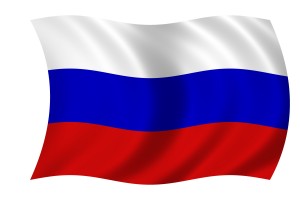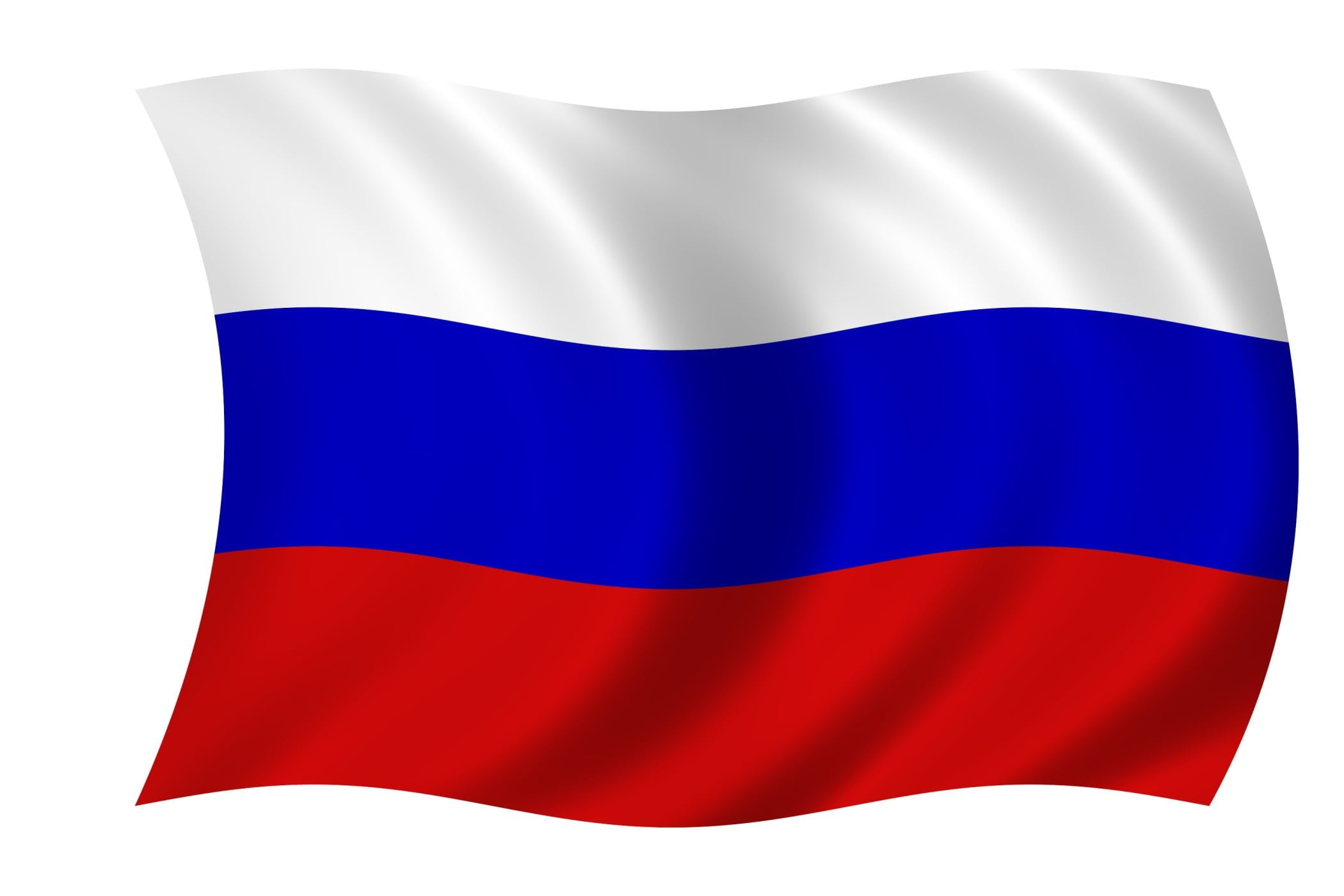2012-10-11 by Richard Weitz
The Russian speakers at the 2012 Moscow Nonproliferation Conference strongly backed universal ratification of the Comprehensive Test Ban Treaty (CTBT), and chastised the U.S. Senate for failing to ratify it.
But Russia’s position regarding the CTBT is more complex than commonly presumed.
The Russian Federation signed the CTBT on September 24, 1996, and ratified the treaty on June 30, 2000. Russian officials have endorsed the CTBT as an important element of the global nonproliferation architecture and have urged the United States and other non-participating countries to ratify the treaty as soon as possible.
In turn, Russian diplomacy among the non-nuclear and nonaligned countries has benefited from Moscow’s consistent stance against nuclear weapons testing.

Russia and the CTBO Preparatory Commission subsequently signed a facility agreement, which entered into force on December 27, 2006, regarding Russia’s participation in the International Monitoring System (IMS) for nuclear tests under construction. Russia will host the second largest number of IMS detection facilities (32). More than three-fourths of these have been certified as operational. Only the United States is supposed to host more facilities (39).
In recent years, Russian diplomats and politicians have been chastising the United States, and indirectly China, for failing to ratify the CTBT.
Russian Foreign Minister Sergei Lavrov has said that “a broad international consensus was already reached on the issue long ago, and the countries, which did not join CTBT, cannot ignore this fact any longer.”
At a conference against nuclear weapons testing earlier this month in Astana, Russian Federation Council Speaker Valentina Matviyenko said that, “Naturally, we are worried by the lack of progress in the ratification of the Comprehensive Nuclear Test Ban Treaty. We are convinced that the treaty’s ratification by the US would significantly speed up the process of the document coming into force.”
The Russian government has adhered to the global moratorium against nuclear weapons testing since October 1992. Russian officials have frequently affirmed their intent to continue their unilateral moratorium on further nuclear testing until the CTBT enters into force provided that the other nuclear weapons states also refrain from nuclear tests.
At a September 2011CTBT conference in New York, Deputy Minister of Foreign Affairs Sergey Ryabkov stressed “the need for all States to adhere to the letter and spirit of the Treaty until its entry into force. It is important to observe the nuclear test moratorium during this period. Russia intends to further comply with this commitment, if other nuclear weapon States do likewise.”
Russian officials have also stated their commitment to pursue additional confidence-building measures to assure countries that the CTBT prohibition against nuclear testing was being adhered to. in 2001, Marshal Igor Sergeev, then adviser to Russian president Putin on nuclear issues, said that Russia could agree to “the exchange of geological data and results of certain experiments, installation of additional sensors, and other measures” that go beyond the treaty.
Like the United States, Russia continues to conduct “sub-critical” explosions at the military’s Central Testing Ground at the Novaya Zemlya range, which is located on a large Arctic island.
These experiments do not generate sustained nuclear chain reactions and thus do not produce nuclear explosions. In addition to conducting experiments at Novaya Zemlya, the Ministry of Defense uses advanced computational techniques to simulate nuclear explosions. (The Russian military ceased using the former Soviet test site of Semipalitinsk in Kazakhstan after the Soviet Union’s disintegration in 1991.).
In public, Russian officials express confidence in the capacity of the country’s nuclear establishment to produce high-quality warheads.
Some Russian experts worry, however, about their ability to certify warhead reliability without full-scale nuclear detonations.
At the end of March 2006, then Russian President Vladimir Putin chaired a special meeting of about a dozen senior officials in charge of Russia’s nuclear weapons infrastructure to assess how to sustain the credibility of Moscow’s nuclear deterrent without weapons testing as Russia transforms its civilian nuclear energy industry. For the first time in Soviet or Russian history, Moscow has begun separating the civilian and military components of its nuclear complex.
Russian nuclear weapons designers also face successor-generation problems resulting from inadequate funding, attractive job opportunities in commercial high-technology industries, and other challenges.
These difficulties have discouraged Russia’s best scientists and technicians from pursuing employment in the nuclear weapons sector. According to one Russian analyst, since conducting its last nuclear tests in October 1992, the Russian Federation has lost over half its nuclear weapons designers.
Russia’s Federal Atomic Energy Agency has sought to compensate for these problems by continuing to use warhead designs and materials certified by pre-moratorium testing. Since the mid-1980s, Russia has reduced its stock of intact warheads from approximately 35,000 to some 15,000 (of which approximately 9,300 are in reserve or awaiting dismantlement).
Nevertheless, the much shorter life of Russian warheads (estimated at 10-20 years, considerably less than U.S. warheads) means Russia remanufactures hundreds of warheads annually.
Decommissioned warheads are shipped under guard to one of the two remaining large warhead assembly and disassembly facilities. Technicians there disassemble them and replace components with limited service lives (e.g., plutonium pits). Surplus fissile material is stored for recycling or elimination.
Russian experts indicate that this frequent dismantling and remanufacturing process allows them to detect warhead problems without having to operate a U.S.-style scientific-based stockpile stewardship program—which they could not afford, and might not trust, in any case.
Like the United States and other countries, however, the Russian government has affirmed its readiness to resume nuclear testing if necessary to ensure the continued viability of Russia’s nuclear deterrent.
When then Defense Minister Sergei Ivanov visited the site in July 2006, he stressed that Russia kept it in a state of “permanent readiness for nuclear tests.”


